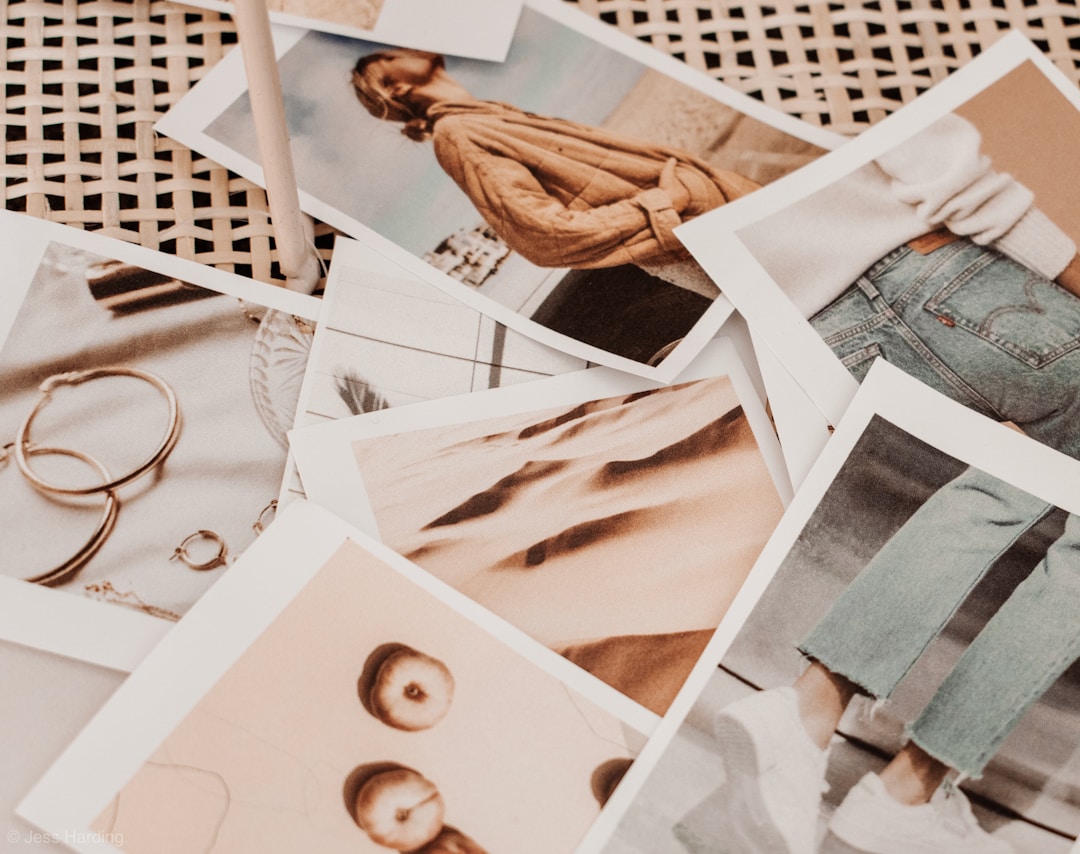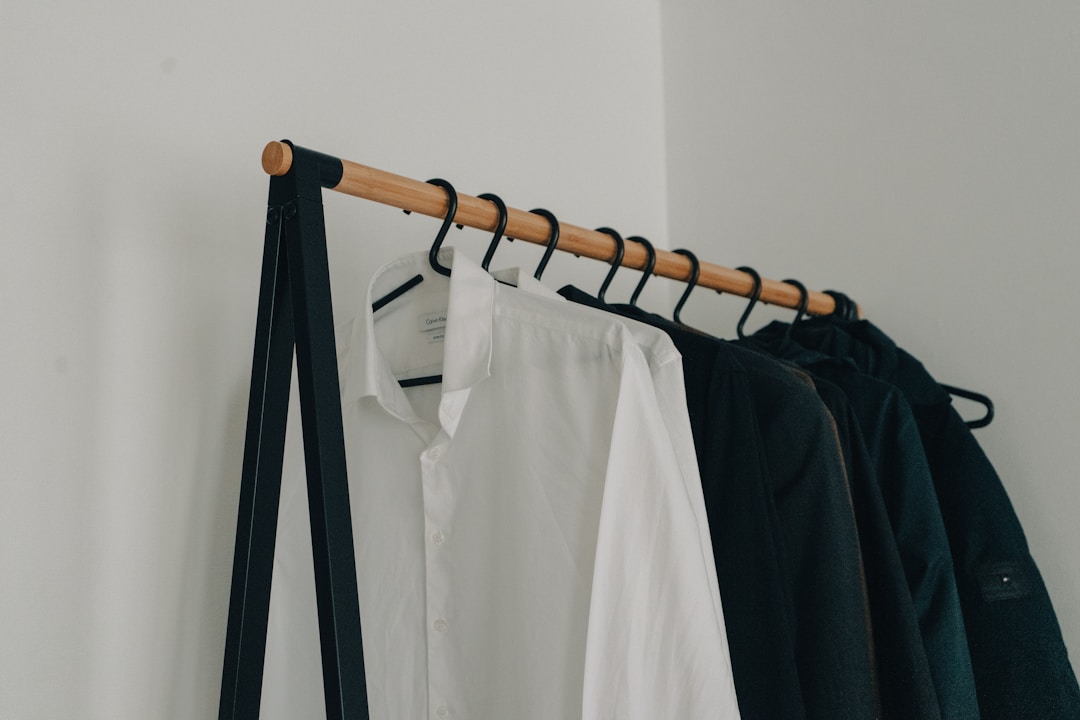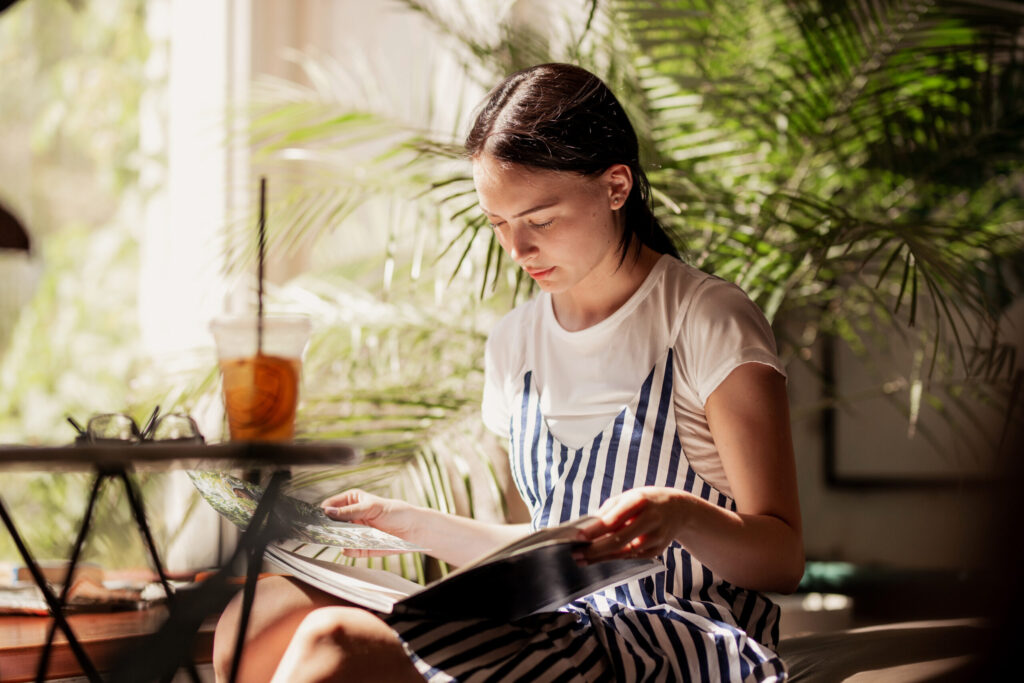Have you ever found yourself standing in front of your closet full of clothes yet with nothing to wear? One can often feel overwhelmed by the sheer number of options when it comes to dressing up. Thankfully, planning your outfits ahead of time can save you from the stress of having to make last-minute decisions. It can also ensure that you step out looking fashionable and put together every single day. In this article, we will delve deep into the art of planning your outfits to help you curate a look that is unique and makes you feel confident.
Understanding Your Personal Style

The first step in planning your outfits is understanding your personal style. Your clothes should be an extension of your personality. They allow you to express who you are without saying a word. Your personal style takes into account your lifestyle, your taste, and your values. Are you a busy professional who values comfort and durability? Do you love vintage fashion? Or perhaps you are a fan of the latest trends and love experimenting with different looks? Whatever your personal style is, it’s essential to discover and embrace it as it will make the entire process of planning your outfits much better.
Once you have figured out your personal style, you can then start to curate your wardrobe accordingly. Keep in mind that your wardrobe doesn’t have to be vast to be versatile. You can create plenty of different looks with just a few key pieces. For instance, with the right choice of womens blouses Canada, you can switch from a formal look to a casual look in no time.
If you find it hard to define your style, consider hiring a stylist or seeking help from online platforms. Numerous fashion influencers and bloggers provide style advice online. You can also take a “style personality” quiz, which could give you a starting point in understanding your personal style.
The Art of Mix and Match
One of the key elements to planning your outfits is learning the art of mix and match. This refers to creating multiple outfits with the same few pieces of clothing. Whether it’s a pair of jeans, a skirt, or different womens blouses, every item in your wardrobe should be versatile enough to mix and match with others.
To effectively mix and match your clothes, you need to go for pieces that complement each other. Stick with a consistent color palette or theme that reflects your personal style. For example, if you’re a fan of minimalism, you might want to stick to neutral shades like black, white, grey, or beige. If you love to experiment, spice things up with bold and bright colors.
Also, consider the fabric and patterns of your clothes when mixing and matching. Pairing different textures and patterns can create an interesting look, but it’s important to strike a balance so that your outfit doesn’t become too overwhelming.
Planning Ahead
A crucial part of outfit planning is actually putting aside some time to structure its purpose. Is it a casual day out, a formal meeting, or a gala night? Decisions need to be made based on the event you are dressing up for. Screen your wardrobe for prospective pieces and play around with combinations until you are satisfied with what you see.
Use Sundays to plan your outfits for the week ahead. This will save you a lot of stress during weekdays and help you appear put-together all the time. A little time investment can go a long way in simplifying your morning routines.
Another handy tip is to take pictures of your favorite combos. This gives you a ready catalog to refer to when you are in a hurry. You don’t necessarily have to rack your brains each time you dress up. Repeating outfits is completely okay if you love them.
Mastering the Art of Layering

Layering is another significant part of outfit planning. It not only adds depth and dimension to your outfits, but it is also practical. Adding, removing, or changing a layer can completely change the look and function of an outfit. It makes your wardrobe even more versatile than it already is.
When it comes to layering, the possibilities are endless. From tanks and tops to sweaters, jackets, and coats, understanding how to layer your clothes gives you a wide variety of outfit options. You can begin with a simple layering, like wearing a sheer blouse over a tank top, and then venture out to experiment with different layers.
Takes clues from the weather, your personal style, and the occasion for which you are planning the outfit. Though there are no definitive rules, understanding a few tricks can help you nail the look. For example, layering clothes of the same color but different textures can create a chic monochromatic look.
The Importance of Comfort
While style is significant, comfort should never be compromised. An uncomfortable outfit can limit you and even reduce your confidence. Always choose clothes that you’re comfortable in. This could mean different things to different people. For some, comfort may mean loose, flowy clothes, while for others, it might be jeans and T-shirts.
When wearing something for the first time, try doing different activities that you’d typically do during the day. If the dress you put on is restricting you or if the fabric of your newly bought top is itchy and causing discomfort, it’s an indication that those clothes might not be the best choice for you. It’s better to realize this before wearing them to work or any other public place.
There’s absolutely no harm in prioritizing comfort over style. After all, when you’re comfortable, you’re at ease and this reflects in your demeanor, adding to your overall outlook. The key is to find a balance between style and comfort, which could take some time and experience.
Investing in Basics

Having a range of basic essentials in your wardrobe is a game-changer when planning your outfits. A crisp white shirt, a classic black dress, a well-fitted pair of jeans, and comfortable yet stylish footwear can go a long way in creating various looks. Reitmans has plenty of essential women’s tops, bottoms, and even shoes. You can check out their online store and start shopping their new arrivals.
These staple items might seem boring on their own, but they can be styled in so many different ways to create different looks. They serve as the foundation of your outfit, and you can use accessories, jewelry, or layering to add your personal touch. Invest in quality basics as they can last for years and never go out of style.
It will always be beneficial to do a regular inventory check of your closet. Discard pieces that do not fit well or ones that do not resonate with your style anymore. This will declutter your space and give you a clear idea of what pieces you own and might need to procure.
Reorganizing Your Closet
Last but not least, organizing your closet plays an essential role in outfit planning. If your clothes are visible, it’s easier for you to plan your outfits. A well-organized wardrobe can give you a clear overview of what you have in your collection.
Remember that organization does not have to necessarily mean investing in fancy storage solutions. It could be as simple as arranging your clothes according to color or keeping the clothes you reach out to regularly at a place easily accessible. An organized closet not only saves time but also prompts you to use different items from your wardrobe instead of sticking to the same ones.
Overall, planning your outfits is a combination of understanding your personal style, organizing your wardrobe, and learning to mix and match your clothes. The process might seem daunting at first, but with a little practice, you’ll find that it saves you time, reduces stress, and most importantly, lets you express yourself through your personal style.


